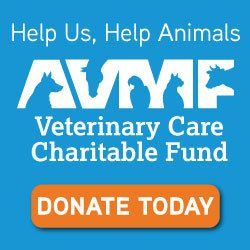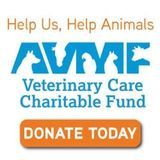The Henneke Horse Body Condition Scoring System is a scientific method developed by Dr. Don Henneke in 1983. It provides a standardized way to assess a horse’s body condition, which is crucial for determining overall health, nutritional status, and appropriate feeding programs.
The Henneke System scores horses on a scale from 1 to 9, with 1 indicating a severely malnourished horse and 9 indicating a significantly overweight horse. The scoring is based on both visual inspection and palpation (feeling) of six specific areas of the horse’s body where fat deposits accumulate: the neck, withers (the area just above the shoulder), shoulder, ribs, loin (the area between the last rib and the pelvis), and tailhead.
Scoring a horse using the Henneke System involves a tactile examination to assess body fat, which will feel similar to performing a massage. By applying hand pressure to key areas like the ribs and withers, evaluators can feel for fat presence and consistency. This hands-on approach is crucial, especially for horses with long coats that might conceal their true condition. After examining each specified area, a score of 1-9 is assigned based on observed conditions. Scores of all the areas are added up and then divided by 6 to determine the horse’s overall body condition score. This method requires both firmness and gentleness to assess the horse’s health status accurately.
A score within the mid-range (4-6) is generally considered optimal. This indicates that the horse is at a healthy weight, with neither excessive fat nor too little, suggesting malnutrition. Scores at the extremes of the scale indicate a need for nutritional and health assessment and potential intervention.
If you have any questions about using this system, please reach out to us! We are happy to help.
The Henneke System scores horses on a scale from 1 to 9, with 1 indicating a severely malnourished horse and 9 indicating a significantly overweight horse. The scoring is based on both visual inspection and palpation (feeling) of six specific areas of the horse’s body where fat deposits accumulate: the neck, withers (the area just above the shoulder), shoulder, ribs, loin (the area between the last rib and the pelvis), and tailhead.
- Neck: Assesses for the presence of a crest and fat deposits along the neck.
- Withers: Observes fat covering and how easily the spinal processes can be felt.
- Shoulder: Evaluates how seamlessly the shoulder blends into the body due to fat.
- Ribs: Examines fat cover over the ribs and how easily they can be felt.
- Loin: Checks the level of fat accumulation along the spine, noting any visibility of the spine or hip bones.
- Tailhead: Assesses the amount of fat around the tailhead and how easily the bones are palpable.
Scoring a horse using the Henneke System involves a tactile examination to assess body fat, which will feel similar to performing a massage. By applying hand pressure to key areas like the ribs and withers, evaluators can feel for fat presence and consistency. This hands-on approach is crucial, especially for horses with long coats that might conceal their true condition. After examining each specified area, a score of 1-9 is assigned based on observed conditions. Scores of all the areas are added up and then divided by 6 to determine the horse’s overall body condition score. This method requires both firmness and gentleness to assess the horse’s health status accurately.
A score within the mid-range (4-6) is generally considered optimal. This indicates that the horse is at a healthy weight, with neither excessive fat nor too little, suggesting malnutrition. Scores at the extremes of the scale indicate a need for nutritional and health assessment and potential intervention.
If you have any questions about using this system, please reach out to us! We are happy to help.




